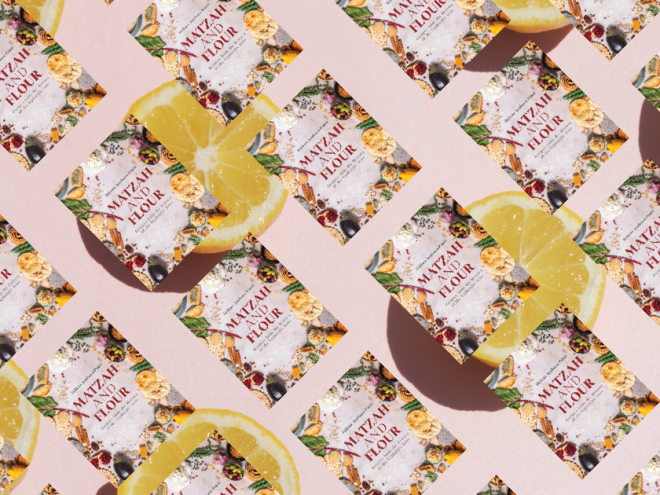Can you tell if someone’s Jewish from how they prepare their food? Can you tell a Sephardi from an Ashkenazi by what they are eating? Had major Jewish thinkers, like Maimonides, have anything to say about food, apart from discussing kashrut? Hélène Jawhara Piñer has spent years researching such questions and now offers readers a tasty Sephardi buffet — some fifty recipes of the Jews of Spain and their diaspora, from the thirteenth century onwards — as a framework for her answers.
While we may be (somewhat) aware that the Jews of Spain and their Diaspora have had different favorite foods and cooking methods from their Christian and Muslim neighbors — or indeed from Ashkenazi Jews — most have never considered the consequences of such differences. The 1492 Alhambra Decree forced Jews either to convert or to leave Spain. Searching the records of the Inquisition, Piñer finds case after case of Jews passing as Christians (Conversos) but outed by their food. Sure, the obvious — salting meat before cooking it — would have been a dead giveaway. But other clues are more subtle. A recipe that advises using a “new pot,” or the sealing of the cookpot with dough around the lid before cooking, or the preparation of a dish a day in advance — these factors may indicate Jewish cooking. A “new pot” might prevent the accidental mingling of meat and milk. The sealing of a cookpot with dough could be a remnant from communal cholent ovens. Cooking a dish to be eaten at room temperature the next day was a classic way to avoid work on Shabbat. The exclusion of non-Jewish servants from the kitchen, the (New World) drinking of hot chocolate in place of wine, the consumption of eggplant — these practices were all grounds to suspect a household of harboring secret Jews, as far as the Inquisition was concerned.
Piñer offers enough of this history, gleaned from her more academic work, to motivate us to read her recipes, even if we might never actually cook them. She introduces most dishes with a paragraph explaining which ancient cookbook (usually one of her foundational Arabic treatises) featured it, a full-color photograph of the dish as she prepared it, and a fairly clear set of cooking directions. There are eggs in most dishes (even poured over chicken before roasting it) and lots of eggplant, chicken, swiss chard, chickpeas, honey, and dates. Many foods we currently associate with Spanish cuisine, like tomatoes, peppers, and chili, were New World additions, quite unavailable on the Iberian Peninsula of the thirteenth century. Piñer sometimes suggests — with a warning — adding a few of these anachronistic ingredients, but she draws the line at changes to important classics like hojuelas. A chef herself, she closes with a few of her own recipes for crowd-pleasers like cheesecake and spinach pies, inspired by the classics.
Anyone who enjoys armchair travel may find themselves transported by this colorful cookbook — not just to another continent, but to another century. Kome kon gana!
Bettina Berch, author of the recent biography, From Hester Street to Hollywood: The Life and Work of Anzia Yezierska, teaches part-time at the Borough of Manhattan Community College.




